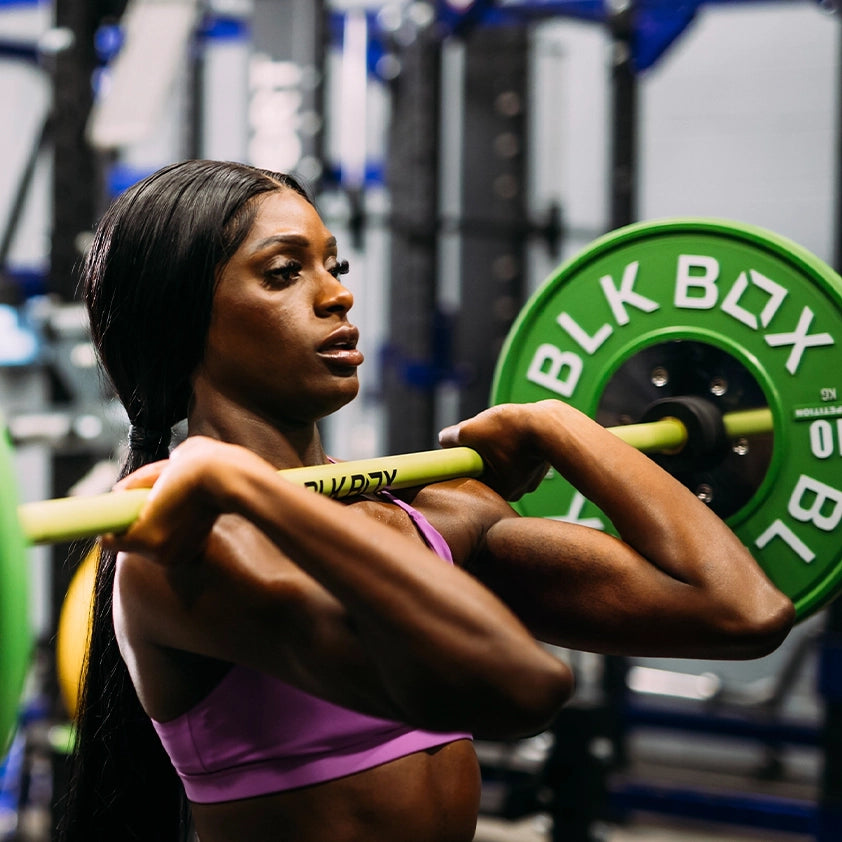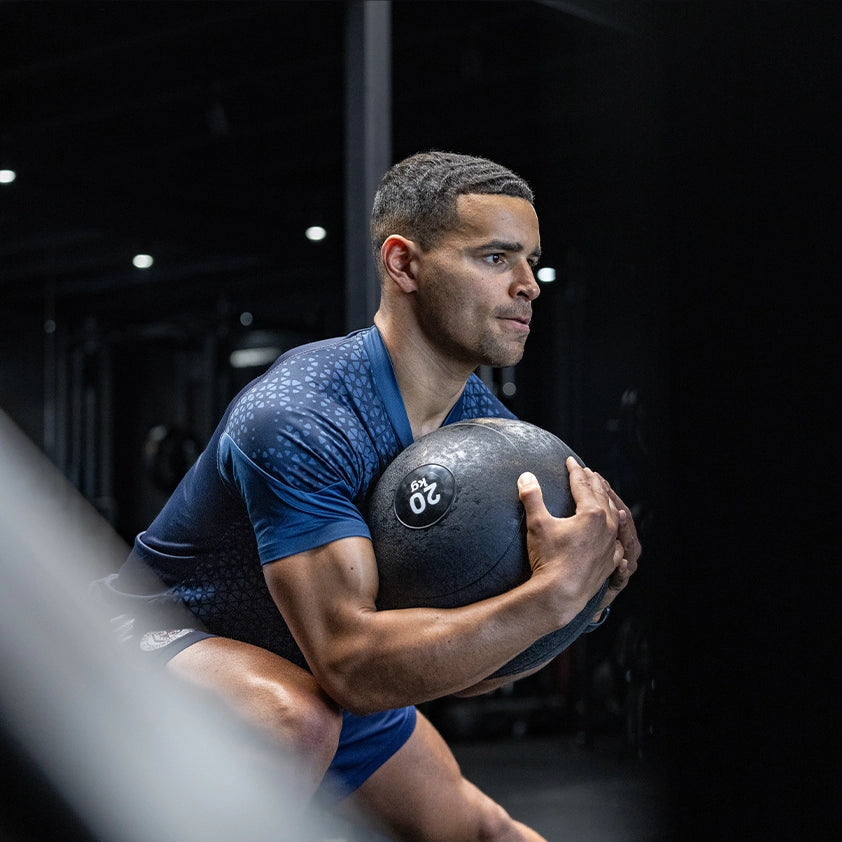The Key To Running Faster In CrossFit
This week, we hear from JST Compete's Head Coach Steven Fawcett on the key to running faster.
In CrossFit, we are rarely tested in single modality running - it happens but not as often as running in workouts and running with weight or other objects. The key to running faster in CrossFit, is to run slower (stay with me with this one!)
Why run slower?
Try it. See that after a period of time (10+ minutes) it actually gets quite hard. By taking a bit of pace out of your running you are reducing the momentum that the body is carrying to be able to open into the next stride. Which means you need to create the momentum yourself, each time. For the same reason that TrueForm or Assault Runner running feels much harder than regular road running - You need to create your own momentum each time. This can then put more of a muscular demand into your running sessions whilst also forcing more need into better running mechanics.
In my opinion, a lot of CrossFitters hit the track or the road and always look to run at threshold pace or higher because they want to be able to run faster across the board. It has it’s time and place for sure, you need to train speed and threshold to help develop those systems but it’s not the only answer.
Let’s look at some examples of CrossFit workouts/events with running being a heavy part of the workout;
- Murph - 2 miles of weighted vest running
- Kelly - 2km of running in between 150 Wall balls and 150 Box jumps
- 2017 Burpee Litter - Around a mile of running with a weighted vest and carrying a stretched with an athlete on
- 2019 Go Ruck Run - 6km of progressively increasing weighted running
- Nancy - 2km of running with 75 OHS
- 2018 Battleground - Around 3km of running with a weighted vest, dummy drags and over obstacles
Out of those 6 workouts, most/all athletes would find themselves running at a much slower pace than threshold due to either added weight or interference from other exercises adding resistance or fatigue which would hold them back from running at pace. With that momentum taken away, the athletes have to create it themselves - and some if they have extra weight. You can see there how being used to running slow would be more beneficial in those workouts than focussing on running faster. The technique changes and the energy system demand changes somewhat than it would be if it was a 1 mile or 5km run for time.
A simple way of knowing how slow to run
Wear a heart rate monitor and run 5km for time. Calculate 80% of your max heart rate recorded. That is your heart rate cap in your slow running sessions. Don’t let the heart rate go over that number and start accumulating distance per session, week and month at that heart rate.
Over time and as your running technique and strength in running mechanics improves you will develop more speed whilst still keeping at the same heart rate cap. This is a sign that you have adapted and become more efficient at creating your own momentum. Put it to use and watch your CrossFit running performance improve significantly!















